How one of my images came to be on the front cover of a best-selling novel by Liane Moriarty
(I'm nobody special - it could happen to you too!)
13th August 2021
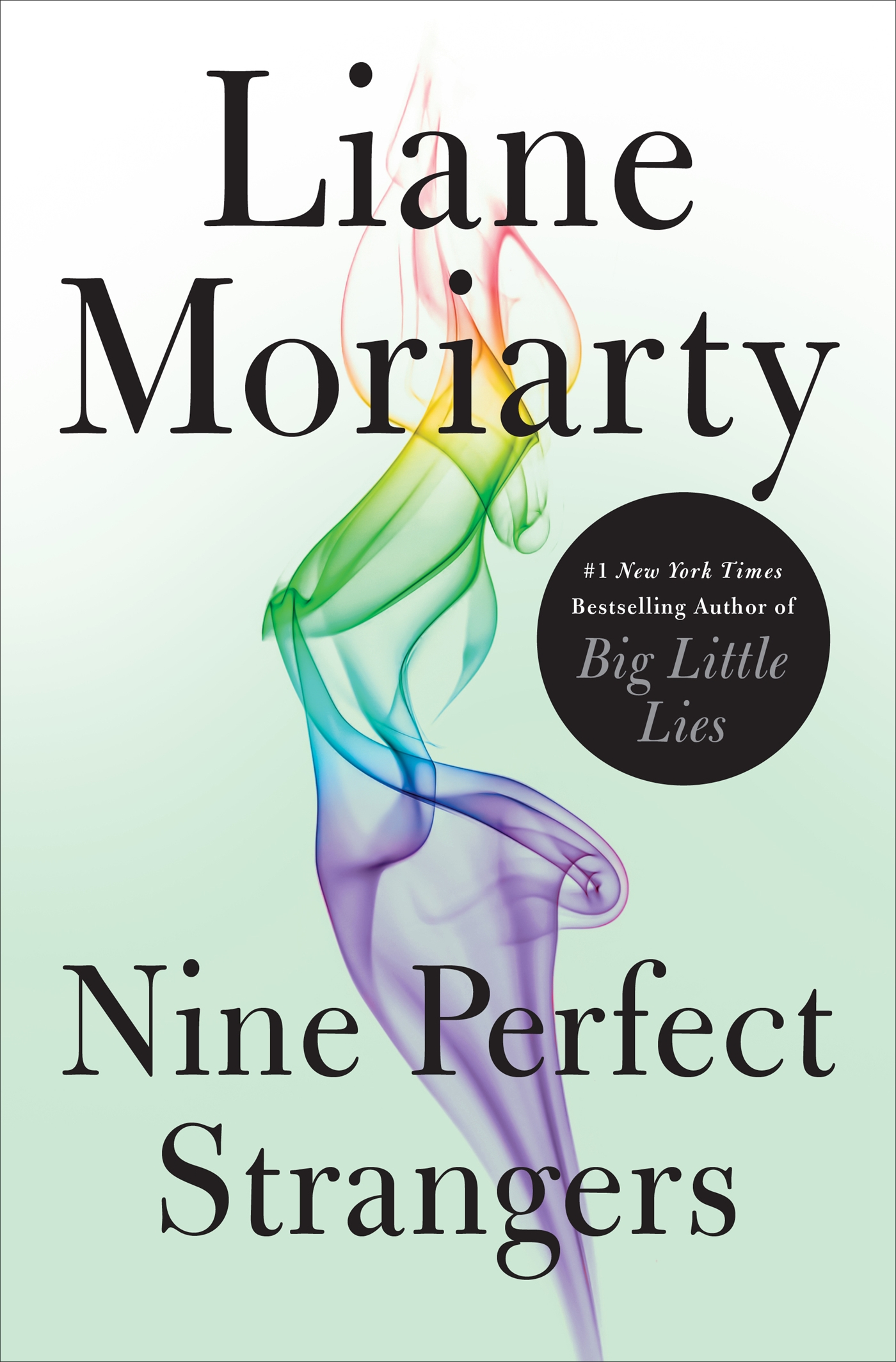
Image published courtesy of Flatiron books
Well, as a part-time photographer it's not every day that I licence my images for them to appear somewhere with quite such a large circulation. To tell you the truth, it's not every day that I licence my images! Maybe a couple of dozen a year, but certainly not daily. Which I think makes my story all the more remarkable.
As a photographer I'm always looking to improve. Come to that, as a human being I'm always looking to improve but then again that's a whole other subject...
So back in 2016, as part of that journey of photographic improvement, fresh after reading about how to use off-camera flash on the excellent Lighting 101, 102 and 103 pages of David Hobby's Strobist website, I was quite naturally looking for opportunities where I could experiment with placing my flash off-camera.
My first mini-project involved photographing cutlery. I had some early success with it too. After posting some of my images of cutlery to my Eyeem account and entering one of their "Missions", somehow I was selected as the outright winner! To say that I was stunned is an understatement. I think that there had been around ten thousand entries from all over the world, and yet somewhat unfathomably it was my images that had won. Three slightly better than average photographs of cutlery, of all things!
Albeit reasonably well lit cutlery.
Thanks David.
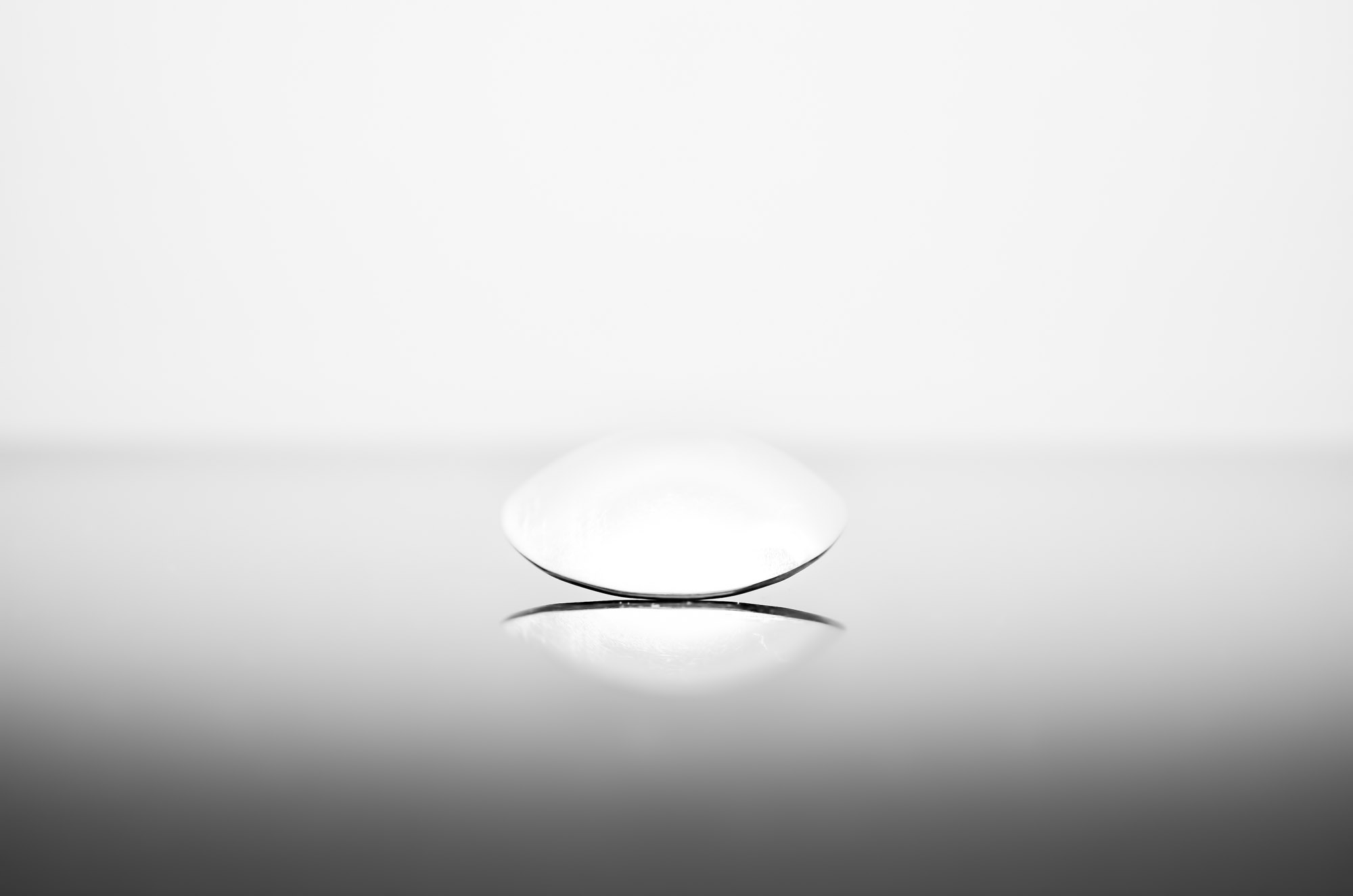
Winning image no.1
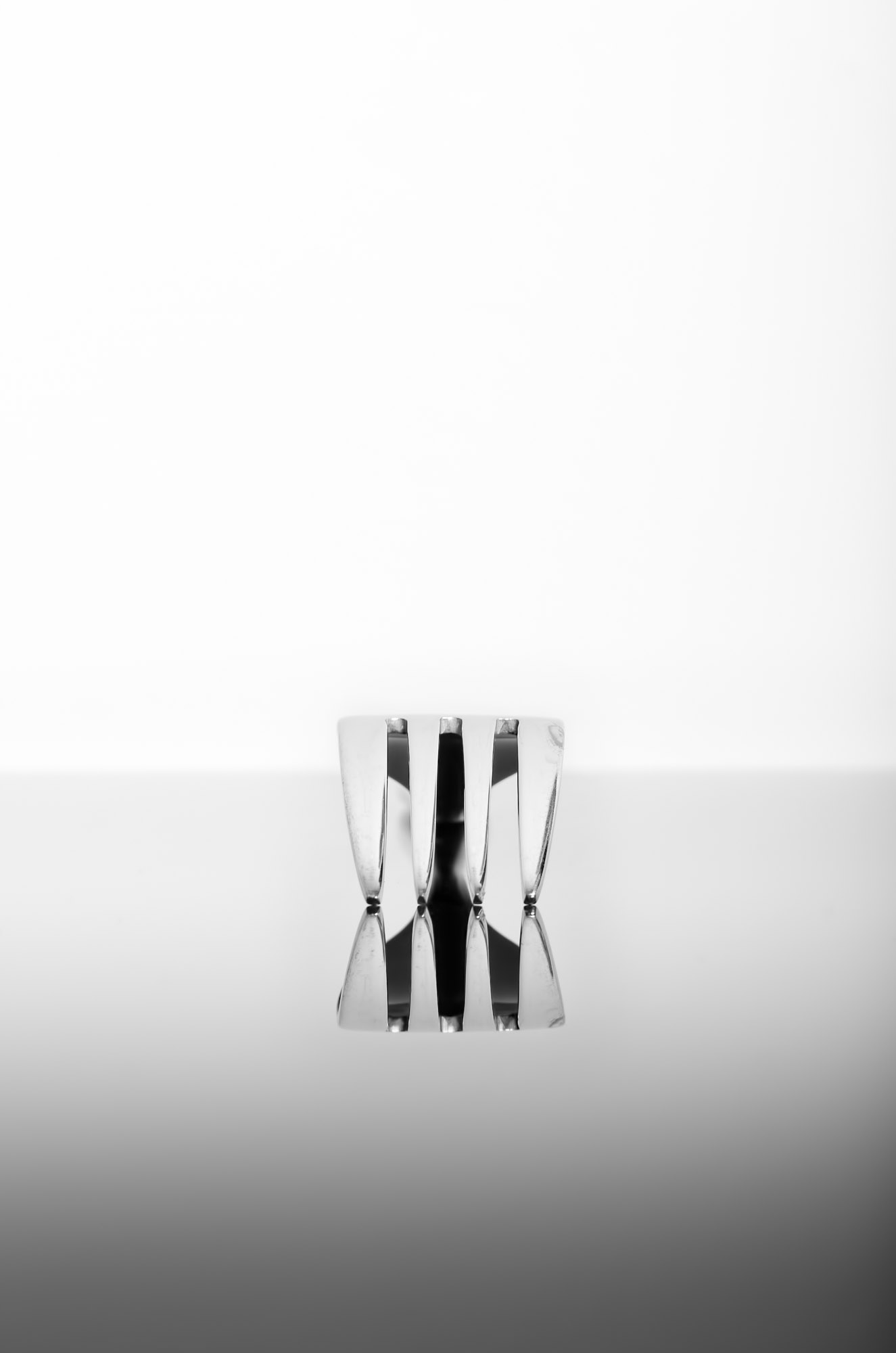
Winning image no.2
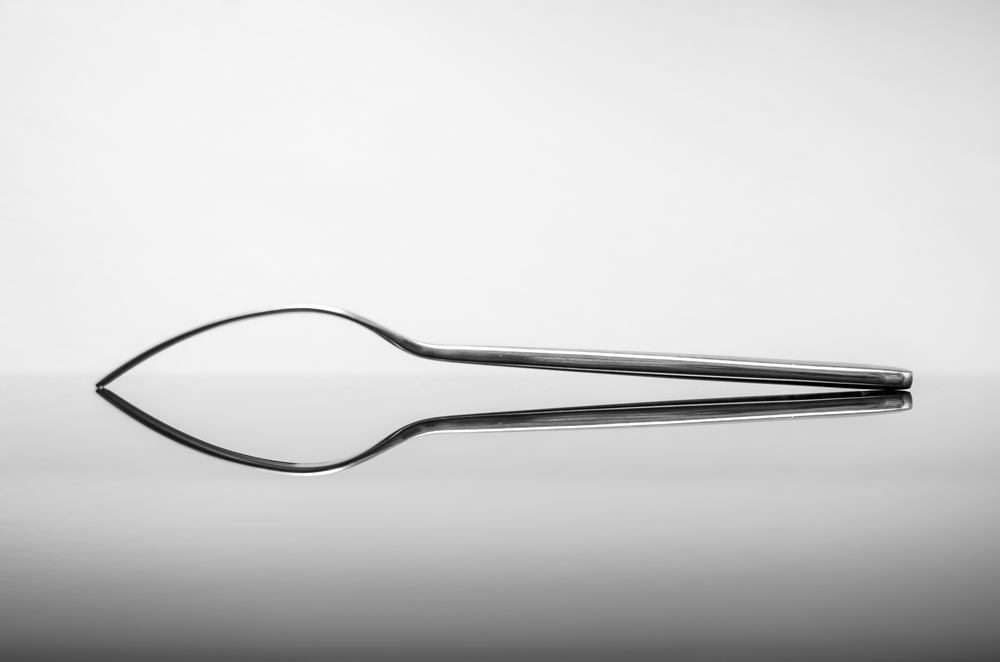
Winning image no.3
Spurred on by my early encounter with success, and while still seeking out projects with which to practice off-camera flash and thus improve my creative photographic skills, I happened to come across a tutorial which described how to photograph smoke. I thought that it sounded quite interesting and I was impressed with the many beautiful images that I subsequently found. The tutorial even made it seem like photographing smoke was well within my capabilities and, like any good tutorial, it had me believing that I could create equally stunning images within just a few clicks of the shutter, all while gaining further experience with some recently learnt principles of creative lighting. It seemed like the perfect little project for me. However, it was the fact that it simply required equipment that I either already owned or that I could acquire quickly, and most importantly cheaply, that had me reaching for my camera.
And so I purchased some incense sticks and one evening put my camera on a tripod in front of our dining table, flash off to one side, a burning incense stick on the table, filling the room and my lungs with smoke, and a black throw draped over a couple of clothes airers to provide a suitably dark background. You know, those scissor-action airers that somehow always manage to trap your fingers every time you try to collapse them, no matter how hard you try to prevent injury.
Or perhaps that's just me?
Although all of this is now some time ago, I do recall that while it is not especially difficult to photograph smoke, it took me quite a bit longer than I thought it would to get some images that I was pleased with. I found that either the air was too still, where the plume of smoke rose in an uninteresting vertical column, or the air was too turbulent, where too much swirl was breaking up the interesting flow patterns that I was looking to capture. Obtaining that happy medium was tricky.
The tutorial hadn't mentioned that.
Or perhaps, as an aerodynamicist I should have predicted it?
Eventually, because I was reluctant to open doors and windows on a cold winter's evening, the room filled with smoke to a level which was becoming uncomfortable and which was also starting to upset the general atmosphere in my images. So I called it a night and went to my computer to review what I had managed to capture.
Delete. Delete. Delete...
Overall I remember being pretty disappointed with the images that I had. I forget how many I took in total (perhaps 70 or so) but I do remember frustratedly ditching most of them straight away. Dare I say that I even considered the photograph that was eventually to be become the US cover image of "Nine Perfect Strangers" only a low-ranking keeper. Oh well, perhaps I was being too critical. Now I'm certainly glad that I kept it!
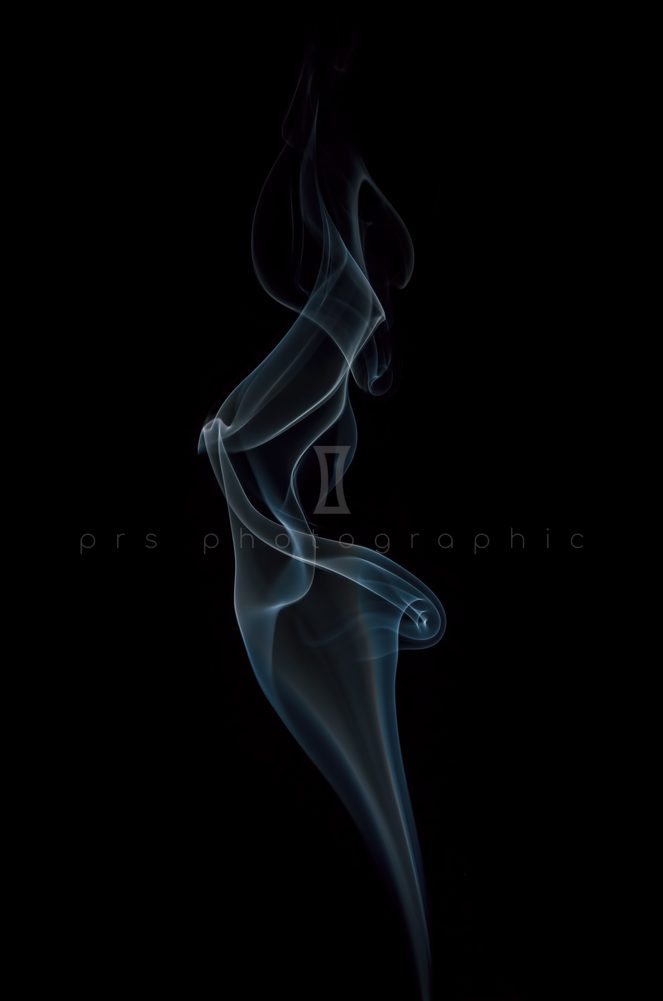
Original image with minimal editing
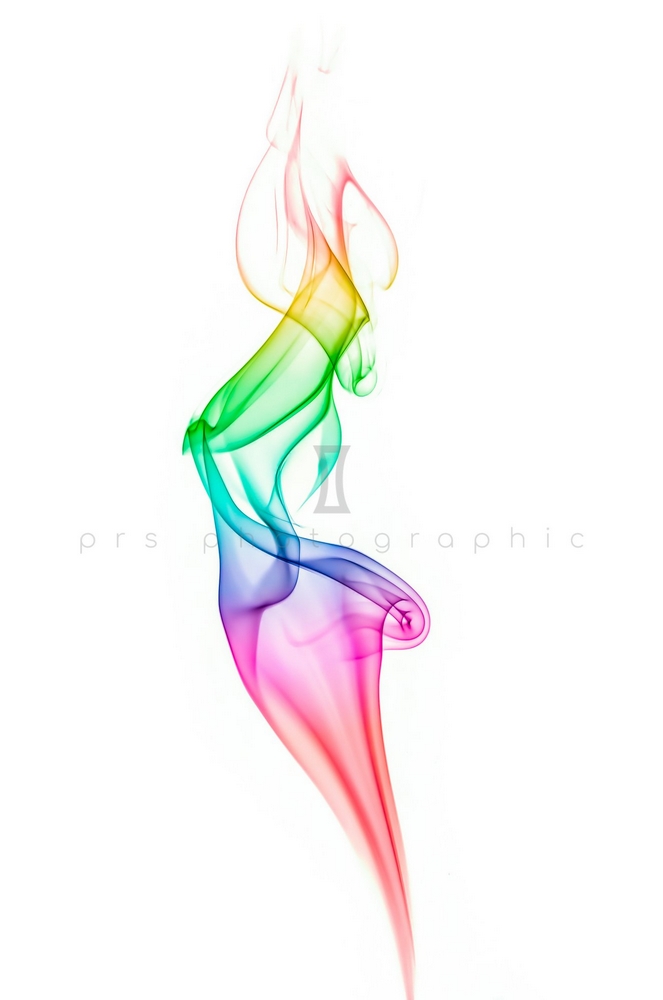
Final, edited image
So now that I had a small selection of "keeper" images from my photo shoot I needed to process them. This is where the second part of my learning started.
Up until this point in my photographic journey I had used Adobe Lightroom quite extensively for organising and developing all of my image files but I had never dipped a toe in to the murky world of layered editing with the likes of Photoshop, for example. To tell the truth I'd purposefully avoided it. When I started with an SLR and eventually a DSLR camera, layered editing was just not of any interest to me. I simply wanted to capture family memories in the best way that I could, in the most faithful way possible with as little time in front of the computer as possible. To me, layered editing was unnecessary for fulfilling my ambition. Even today this is largely still true. However, as my interest in photography was burgeoning and I was becoming more creative, these smoke images provided an opportunity to experiment with very simple layers so that I might better appreciate how I could benefit from using them in the future. As this was my first attempt, I decided to use GIMP as my image editor of choice. After all, it's powerful, free and open source.
I'm all about keeping my costs as low as possible!
I won't go in to great detail but, for those of you who might be interested, the image development was pretty straight-forward. All I did was perform the initial development in Lightroom as usual which, if I recall correctly, involved increasing the exposure and contrast slightly, and possibly also the clarity. I'm sure that I also cleaned up the image noise with Topaz Denoise, as I often do. It really is a fantastic tool. Then it was taken in to GIMP, where colours were inverted to get black smoke on a white background before adding a colour gradient across the smoke. I'll leave out a detailed step by step instruction to spare those of you that don't care, but if you would like to know more you can always ask, or a quick online search should provide answers.
At this point my the image was complete. I actually had a small handful of three or four images similar to this which I intended to upload to Eyeem in order to test the appeal of each. This particular smoke photograph almost didn't make the cut. I was never overly happy with it, so I almost didn't bother to upload it. In my opinion it was the worst of the best.
Well, as you probably guessed, I decided that I had nothing to lose by sharing this picture and so it was uploaded. It also managed to pass the critique at Eyeem, required in order for it to be added to their market place, and was also selected to be shared with the image libraries of their more established partners, who have far greater presence in that sphere. It then passed the selection process with some of their partner libraries, meaning that it was only then widely available.
All that was left for me to do was wait.
And it might never have happened. Afterall I still have images that have never sold, while others sell over and over.
However, in October 2018 I eventually sold a licence for this image but it wasn't until August 2020, while I was on holiday, that I found out who had licensed it and where it was appearing.
For now though this is quite long enough. Perhaps in the not-too-distant future I might let you know how exactly I found out...
Thanks for reading my story so far...
If you like my photograph, the book, it's cover design or have been enjoying the TV mini series, please consider showing some love in the comments below.
Don't forget to look out for the TV mini series starring Nicole Kidman, Melissa McCarthy, Luke Evans and several other fine actors. It's scheduled to premiere on Hulu on August 18th 2021 in the US and on Amazon Prime here in the UK on 20th August. Boy would I have liked to get on set to take some pictures of this cast!
Finally, my sincere thanks go to Lisa Amoroso (Jacket designer), Flatiron books and of course Liane Moriarty
If you've not read the book and would like to know more, you can find some US reviews of "Nine Perfect Strangers" that feature images of the US cover (and therefore my photograph - why I'm linking to them) here:

